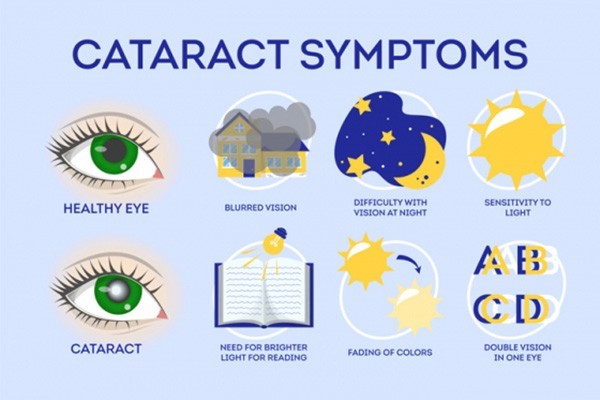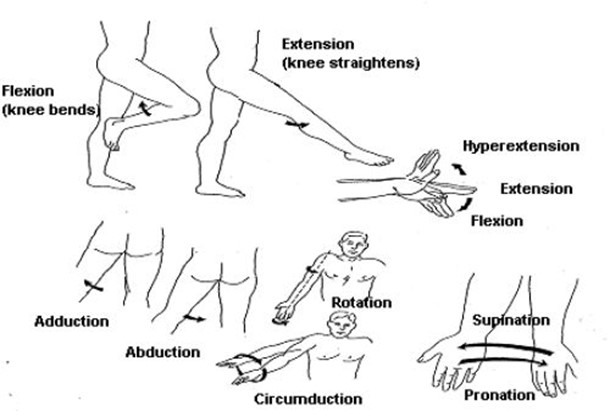A 68-year-old client diagnosed with cataracts should be assessed for which finding?
Blurred or cloudy vision.
Burning sensation in the eye.
Inability to produce tears.
A swollen lacrimal gland.
The Correct Answer is A

Cataracts are a condition where the lens of the eye becomes opaque, causing impaired vision. Blurred or cloudy vision is a common symptom of cataracts.
Some possible explanations for the other choices are:
Choice B. Burning sensation in the eye. This is not a typical symptom of cataracts, but it could indicate an infection, allergy, or dry eye syndrome.
Choice C. Inability to produce tears. This is also not a typical symptom of cataracts, but it could indicate a problem with the lacrimal glands or ducts that produce and drain tears.
Choice D. A swollen lacrimal gland. This is not a symptom of cataracts, but it could indicate an inflammation or infection of the lacrimal gland, which is located near the upper eyelid.
Normal ranges for visual acuity are 20/20 for normal vision and 20/40 for mild impairment. Visual acuity can be measured using a Snellen chart or other methods.
Nursing Test Bank
Naxlex Comprehensive Predictor Exams
Related Questions
Correct Answer is B
Explanation

This is because mitt restraints can reduce the patient’s mobility and circulation in the hands, and range of motion exercises can help prevent contractures, stiffness, and edema.
Choice A is wrong because removing the mitts when the client is asleep can increase the risk of self-injury or removal of therapeutic equipment.
Choice C is wrong because tying the restraints securely around the wrists and to the bed can impair the patient’s circulation and cause nerve damage.
Choice D is wrong because placing the restraints loosely to allow increased freedom of movement can cause entanglement or strangulation.
Correct Answer is ["B","D","E"]
Explanation
Choice A is wrong because women are more at risk for hip fractures than men.
This is partly because women lose bone density faster than men do, especially after menopause.
Choice C is wrong because an increase in estrogen will not weaken the bones. In fact, estrogen helps protect the bones from osteoporosis, which is a leading cause of hip fracture.
Some other risk factors for hip fracture include:
- Excessive alcohol and caffeine consumption
- Lack of physical activity
- Low body weight
- Tall stature
- Vision problems
- Dementia
- Medications that cause bone loss
- Cigarette smoking
- Institutional living, such as an assisted-care facility
- Increased risk for falls, related to conditions such as weakness, disability, or unsteady gait
Normal ranges for bone density vary by age and sex, but generally, a T-score of -1.0 or above is considered normal, while a T-score of -2.5 or below is considered osteoporotic. A T-score between -1.0 and -2.5 is considered osteopenic, which means low bone mass.
Whether you are a student looking to ace your exams or a practicing nurse seeking to enhance your expertise , our nursing education contents will empower you with the confidence and competence to make a difference in the lives of patients and become a respected leader in the healthcare field.
Visit Naxlex, invest in your future and unlock endless possibilities with our unparalleled nursing education contents today
Report Wrong Answer on the Current Question
Do you disagree with the answer? If yes, what is your expected answer? Explain.
Kindly be descriptive with the issue you are facing.
